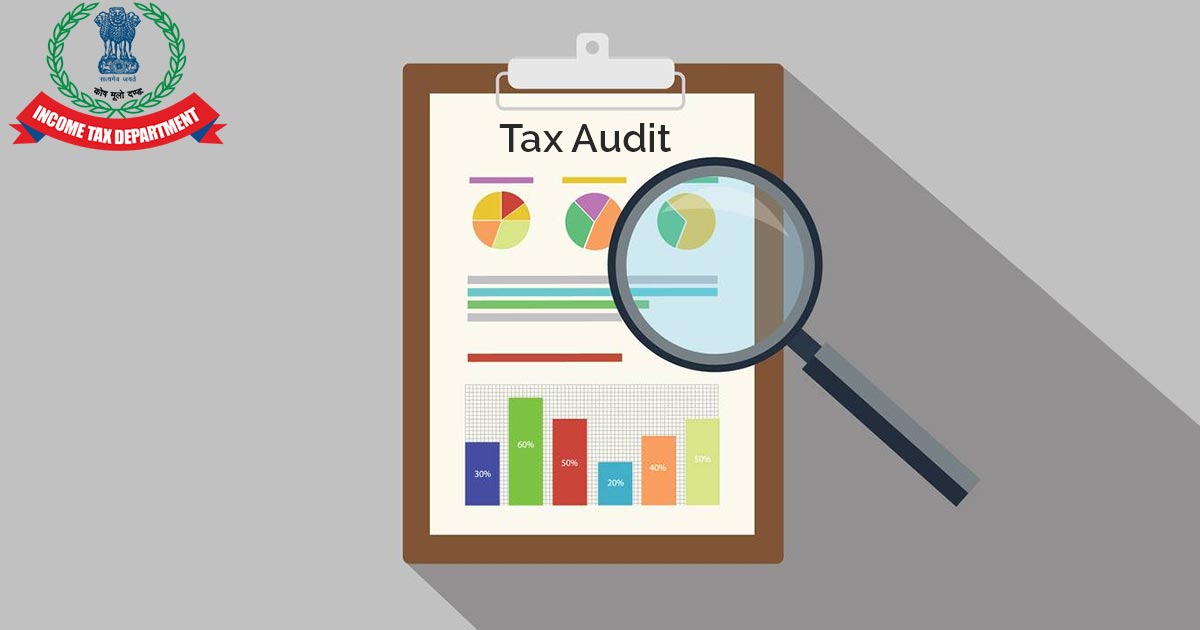
With the approaching due date for Income Tax Audit Report filing, taxpayers and their hired professionals are excessively occupied with the task of completing the Income Tax Reports. While some are busy bundling the documents, others are struggling to accurately file the compliance.
Tax Audit Reports are submitted by taxpayers whose annual turnover is more than 1 Crore. This limit is increased to Rs. 10 Crore if the cash transaction is less than 5% and for Section 44AD/44ADA taxation, the turnover value is Rs. 2 Crore. For professionals, the amount is Rs. 50 Lakhs.
In the budget 2023 threshold limit increased u/s 44AD to Rs. 3 crores, and the limit under Section 44ADA increased to Rs. 75 lakhs. This limit will be applicable only when 95% receipt in digital mode of the total receipts of the business or profession.
Negligence while filing the reports will make taxpayers prone to penalties or the taxman’s investigation.
Below are the key pointers helpful to judge Scrutiny Risk in Tax Audit Reports.
- Make sure that the TDS shown in Form 26AS is exactly similar to the TDS mentioned in the Books of Accounts. And the same needs to be stated in the final ITR. The taxpayer may get a notice from the authorities in case the TDS is mismatched in any of the documents.
- While filing the ITR, one must take care that the GST turnover mentioned in the ITR should match the turnover mentioned in the books of accounts. If the information doesn’t match, one may have to face notice from the relevant authorities.
- If the profit stated in the Books of Accounts differs from the ICDS, then proper validation is to be done. If the taxpayer fails to provide proper reporting, then they may get a legal notice.
- One must also take care of the amount of other expenses he is reporting in the ITR. The taxpayer is answerable to the Tax Authorities if a large amount is reported under the category.
- In case the taxpayer has stakes in his books of accounts from which the income is exempted, then he must strictly adhere to Section 14(A) of the Income Tax Act, 1961.
- Taxpayers are required to fill in the details of payments made to parties in clause 23 of the Income Tax Audit Report. Such taxpayers may get questioned by the Tax Authorities whose entry of the amount of payment made to parties differs from the previous year.
- As per the law, the taxpayer is required to provide the details of unsecured loans in clause 31 of the Income Tax Audit Report. The details of the amount received via different modes are to be reported. Taxpayers need to be careful while furnishing this requirement, as they may receive a notice if the amount mentioned differs from the previous year.
- One needs to properly mention the Business code in ITR and should match with the incomes quoted in the Profit and Loss Account. One has to take care while entering the business code. In case of a difference in codes, one may receive a notice from the authorities.
- Subsidiary payments made under various Acts, which are reported under section 43B, should be kept in records. Authorities may ask the taxpayers to supply details of payments made.
- As per the norms of CBDT, one may receive a scrutiny notice in case there are huge additions made in the previous year, search, inquiry, etc.
- There are chances of notice arrival in case the taxpayer takes any deduction u/sec 35, 80 IBA, etc.